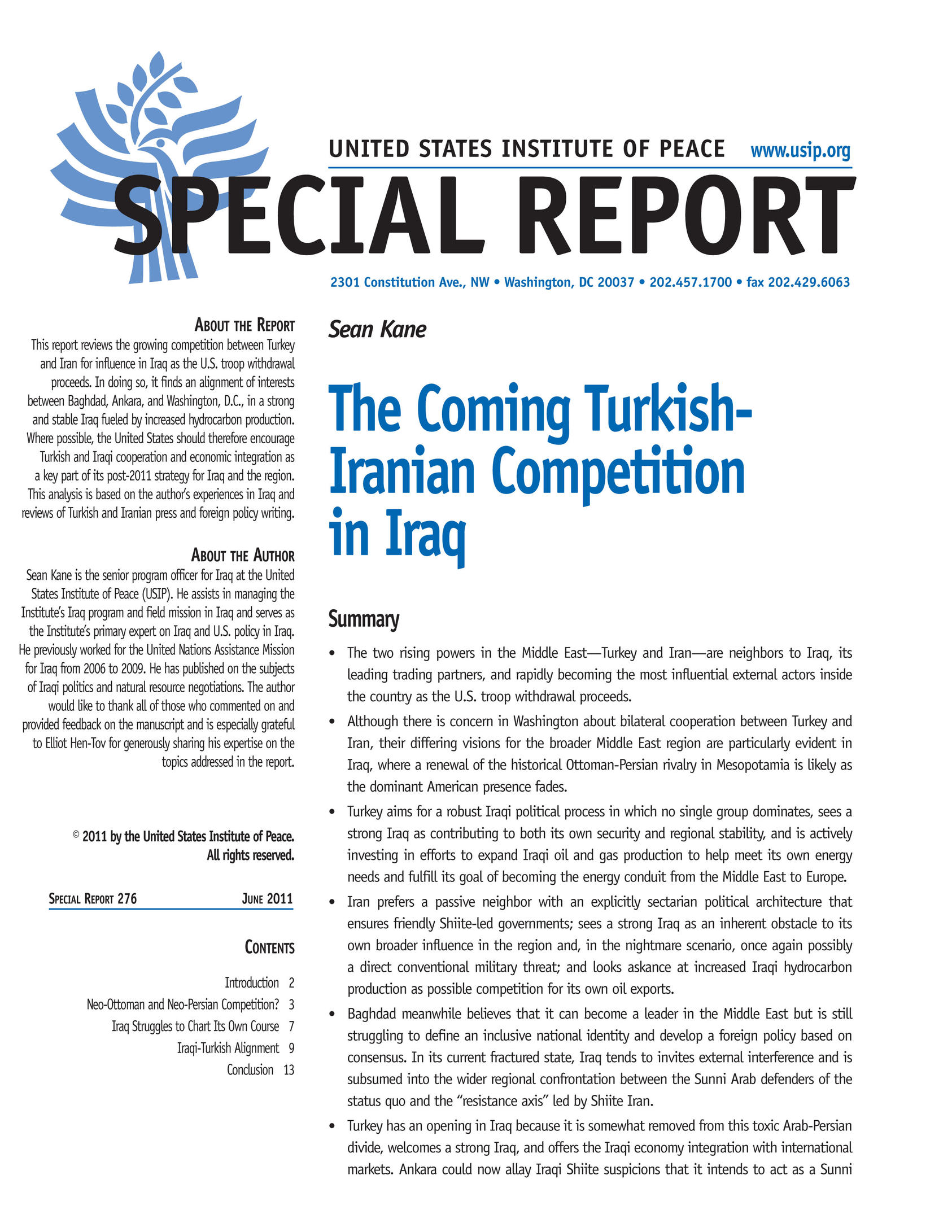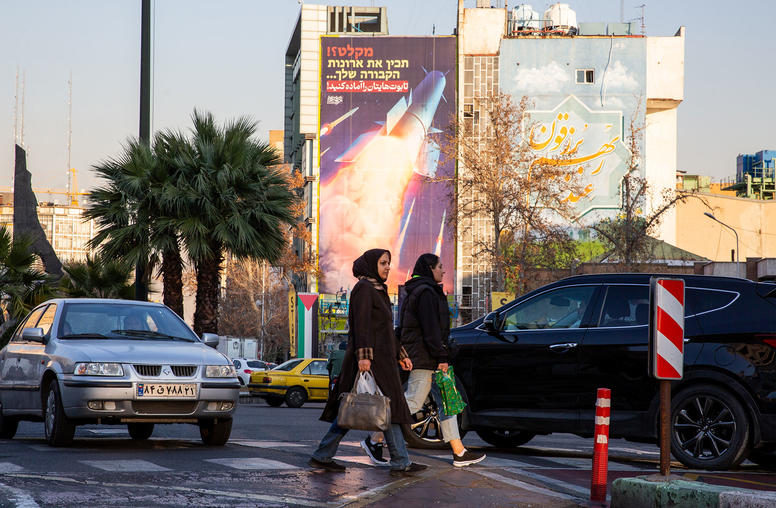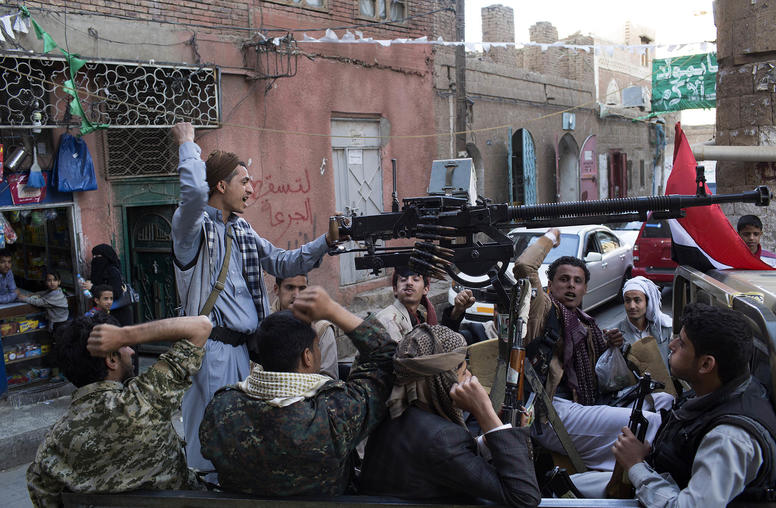The Coming Turkish-Iranian Competition In Iraq
This report reviews the growing competition between Turkey and Iran for influence in Iraq as the U.S. troop withdrawal proceeds. In doing so, it finds an alignment of interests between Baghdad, Ankara, and Washington, D.C., in a strong and stable Iraq fueled by increased hydrocarbon production. Where possible, the United States should therefore encourage Turkish and Iraqi cooperation and economic integration as a key part of its post-2011 strategy for Iraq and the region. This analysis is based on the author’s experiences in Iraq and reviews of Turkish and Iranian press and foreign policy writing.

 Summary
Summary
- The two rising powers in the Middle East—Turkey and Iran—are neighbors to Iraq, its leading trading partners, and rapidly becoming the most influential external actors inside the country as the U.S. troop withdrawal proceeds.
- Although there is concern in Washington about bilateral cooperation between Turkey and Iran, their differing visions for the broader Middle East region are particularly evident in Iraq, where a renewal of the historical Ottoman-Persian rivalry in Mesopotamia is likely as the dominant American presence fades.
- Turkey aims for a robust Iraqi political process in which no single group dominates, sees a strong Iraq as contributing to both its own security and regional stability, and is actively investing in efforts to expand Iraqi oil and gas production to help meet its own energy needs and fulfill its goal of becoming the energy conduit from the Middle East to Europe.
- Iran prefers a passive neighbor with an explicitly sectarian political architecture that ensures friendly Shiite-led governments; sees a strong Iraq as an inherent obstacle to its own broader influence in the region and, in the nightmare scenario, once again possibly a direct conventional military threat; and looks askance at increased Iraqi hydrocarbon production as possible competition for its own oil exports.
- Baghdad meanwhile believes that it can become a leader in the Middle East but is still struggling to define an inclusive national identity and develop a foreign policy based on consensus. In its current fractured state, Iraq tends to invites external interference and is subsumed into the wider regional confrontation between the Sunni Arab defenders of the status quo and the “resistance axis” led by Shiite Iran.
- Turkey has an opening in Iraq because it is somewhat removed from this toxic Arab-Persian divide, welcomes a strong Iraq, and offers the Iraqi economy integration with international markets. Ankara could now allay Iraqi Shiite suspicions that it intends to act as a Sunni power in the country and not allow issues on which Turkish and Iraqi interests deviate to set the tone for their relationship.
- The U.S. conceptualization of an increased Turkish influence in Iraq • as a balance to Iran’s is limited and could undermine Turkey’s core advantages by steering it towards a counterproductive sectarian approach. A more productive U.S. understanding is of Turkey as a regional power with the greatest alignment of interests in a strong, stable, and selfsufficient country that the Iraqis want and that the Obama administration has articulated as the goal of its Iraq policy.
- On the regional level, a strong and stable Iraq is a possible pivot for Turkish and Iranian ambitions, enabling Ankara and hindering Tehran. Washington may well have its differences with Turkey’s new foreign policy of zero problems with its neighbors, but the Turkish blend of Islam, democracy, and soft power is a far more attractive regional template than the Iranian narrative of Islamic theocracy and hard power resistance.
- The United States should therefore continue to welcome increased Turkish-Iraqi economic, trade, and energy ties and where possible support their development as a key part of its post-2011 strategy for Iraq and the region.
About the Report
This report reviews the growing competition between Turkey and Iran for influence in Iraq as the U.S. troop withdrawal proceeds. In doing so, it finds an alignment of interests between Baghdad, Ankara, and Washington, D.C., in a strong and stable Iraq fueled by increased hydrocarbon production. Where possible, the United States should therefore encourage Turkish and Iraqi cooperation and economic integration as a key part of its post-2011 strategy for Iraq and the region. This analysis is based on the author’s experiences in Iraq and reviews of Turkish and Iranian press and foreign policy writing.
About the Author
Sean Kane is the senior program officer for Iraq at the United States Institute of Peace (USIP). He assists in managing the Institute’s Iraq program and field mission in Iraq and serves as the Institute’s primary expert on Iraq and U.S. policy in Iraq. He previously worked for the United Nations Assistance Mission for Iraq from 2006 to 2009. He has published on the subjects of Iraqi politics and natural resource negotiations. The author would like to thank all of those who commented on and provided feedback on the manuscript and is especially grateful to Elliot Hen-Tov for generously sharing his expertise on the topics addressed in the report.



